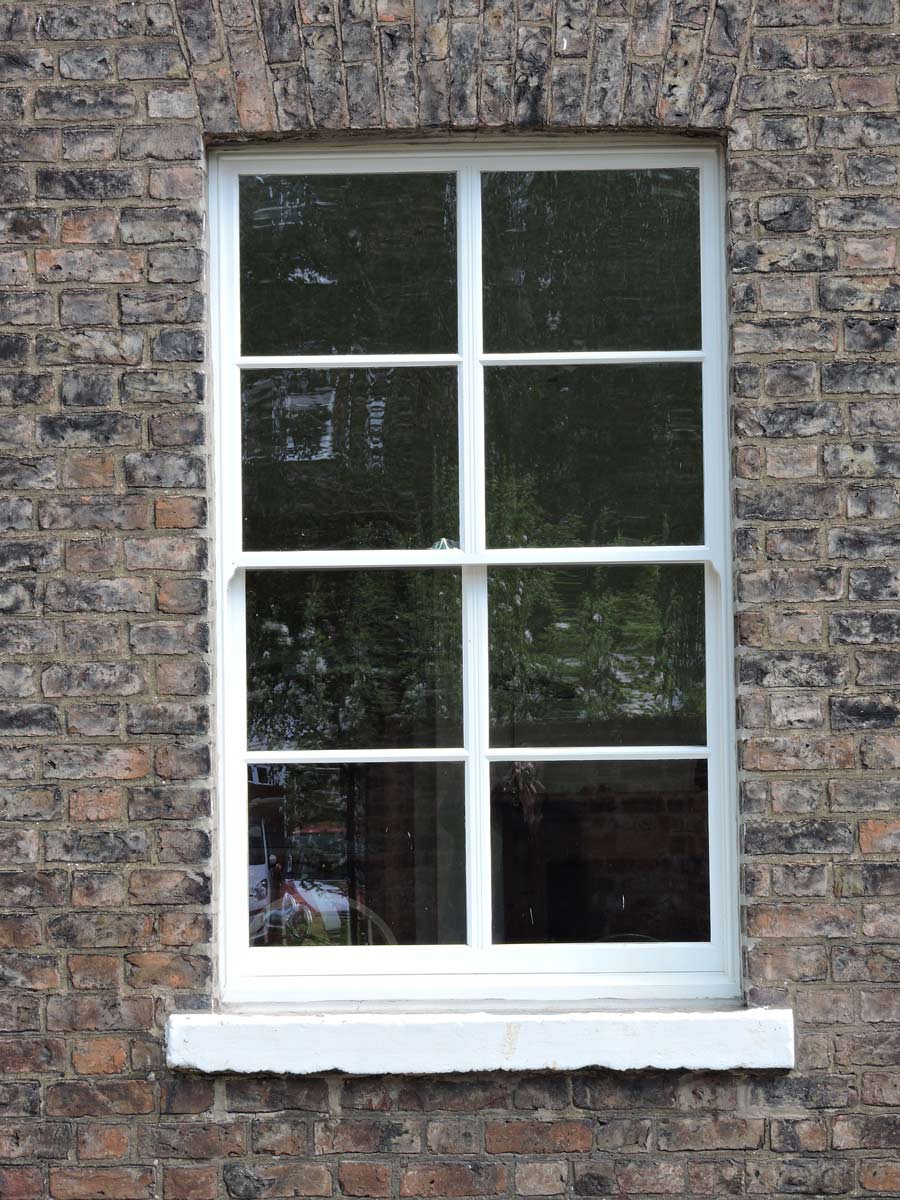
The Anatomy of Sash Windows
Sash windows are the most popular form of window in the UK. Their look has become so ingrained in Britain’s architectural landscape that it’s hard to imagine a place in the city without them. The technology behind them has, naturally, evolved overtime, but the overall timeless look and structure has been preserved. Let’s take a closer look at what makes sash windows better than the sum of its parts.
First of all, sash windows come in two types – single and double-hung. The more traditional, single-hung window has only the lower sash move up and down, while a double-hung window allows both sashes to be moved. Regardless of the type of window, each sash window is comprised of, as the name suggests, sashes. Unlike casement windows, which open out on a hinge, sash windows operate on a system of pulleys and weights to slide up and down the window frame. Though traditionally made from wood, nowadays sash windows are made using a variety of materials, including PVC and aluminium.
The sash itself has a very specific structure. There are five elements that every modern sash window must have in order to properly serve its function and deliver optimal efficiency:
- Glass panes – each sash contains at least one pane of glass, with windows that have two panes per sash called “double glazed”
- Frame – this is used to hold the glass together. Traditionally made from wood, nowadays, it can be made using a variety of materials. The frame itself is composed of rails and stiles – the horizontal and vertical elements respectively.
- Grille – if a sash is composed of smaller sections of glass instead of a single larger pane, those are called grilles. In the past, when large glass pane manufacture was either impossible or too expensive, windows were made using multiple smaller panes called mullions. Grilles are now used to replicate that retro look, though they serve no practical purpose on their own.
- Gaskets – this is the material used to seal the glass into the frame. It’s usually made of rubber or thermoplastic vulcanizates.
- Gas – in double and triple-glazed windows, gas is placed between the panes in order to help with insulation. Argon and krypton are the most commonly used gases.



